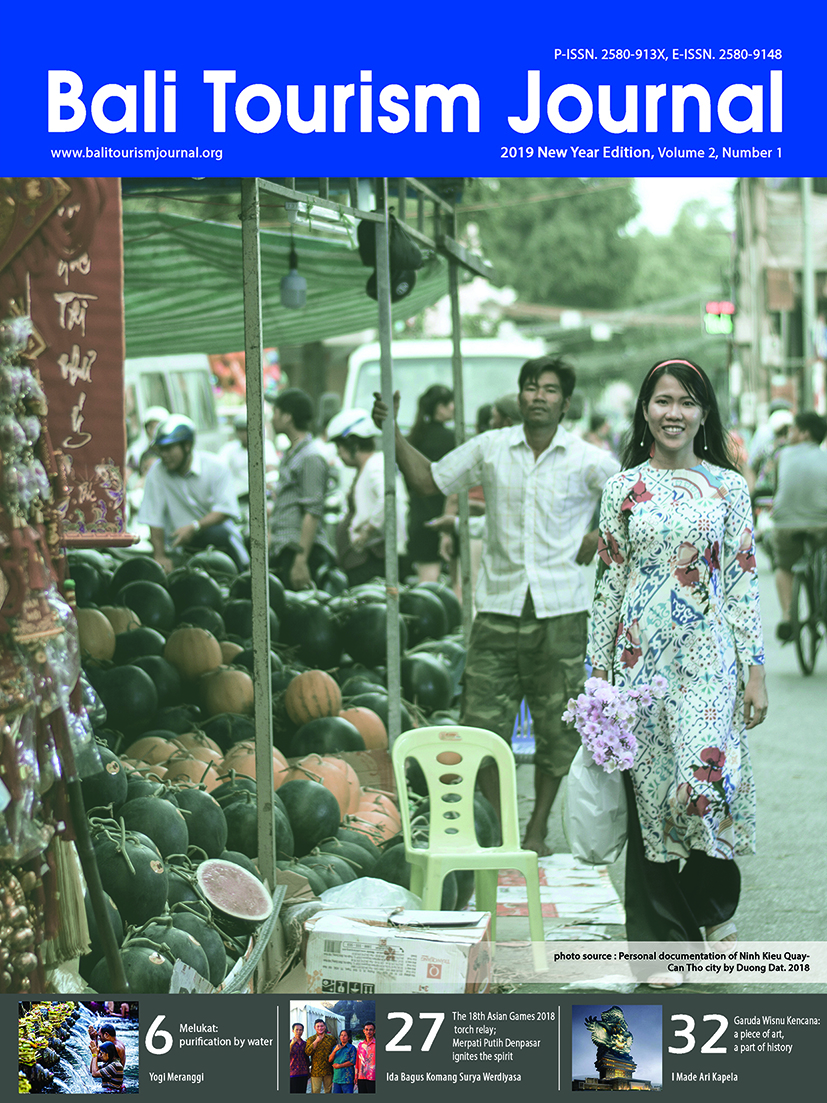The art of space and architecture; Asta Kosala Kosali and Asta Bumi
Keywords:
Asta Kosala Kosali, Asta Bumi, Space, ArchitectureAbstract
In designing space and building, the Balinese follows the guidelines that have been passed on by their predecessors. The concepts experienced countless refinement and enrichment throughout ages with the philosophical influence of Hindu teachings, by the prominent historical figures, from Bali Aga to Majapahit period. The Balinese refers to the idea by the name Asta Kosala kosali and Asta Bumi. Lontar Asta Kosala kosali encompasses the layout, guidance and building arrangements for the house and holy shrine in Bali, while the Lontar Asta Bumi summarizes the rules about the width of the courtyard of a shrine or temple, including the division of space, and the distance between shrine. If concluded, the ideas are aiming for one noble purpose; to create a harmonious place to live. The Undagi as the executor needs to understand several points to build a perfectly balanced nesting area to live such as Vastu Purusha Mandala, Hulu Teben, Tri Mandala dan Tri Angga, Traditional Metric system, etc. The guidelines of Asta Kosala Kosali as well as Asta Bumi, offer not only an artistic value but also solidity against extreme natural conditions. Besides as a place to live, the architecture and space management act as a symbol of Hinduism, art, and social role. The history has been proving that the design is stable in facing various local disasters, such as earthquake, flame, torrents, flood and so forth. Furthermore, the concept is rich in philosophical value; Expert suggests the government should maintain the local genius. Thus, it would not be faded in future.




